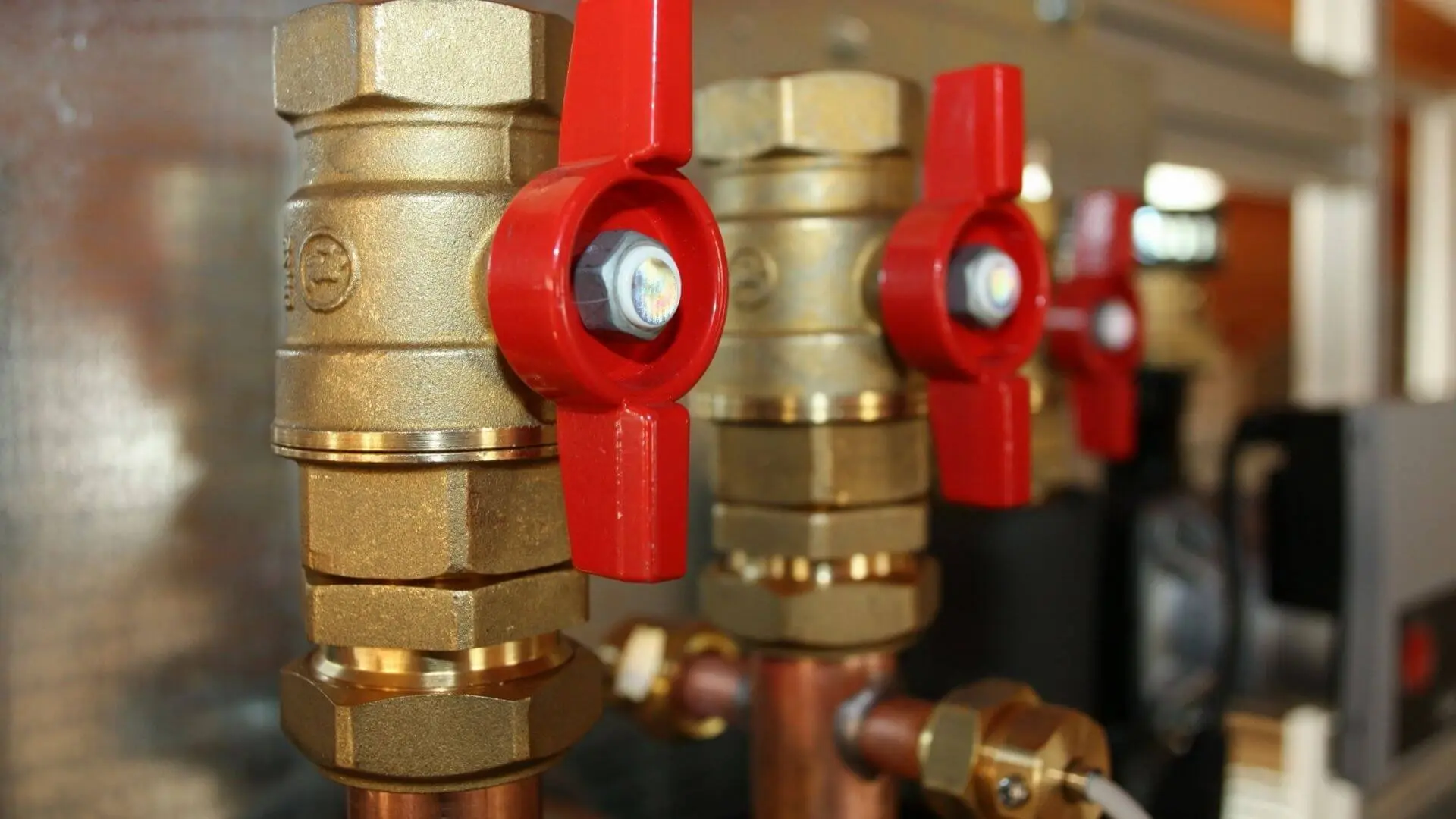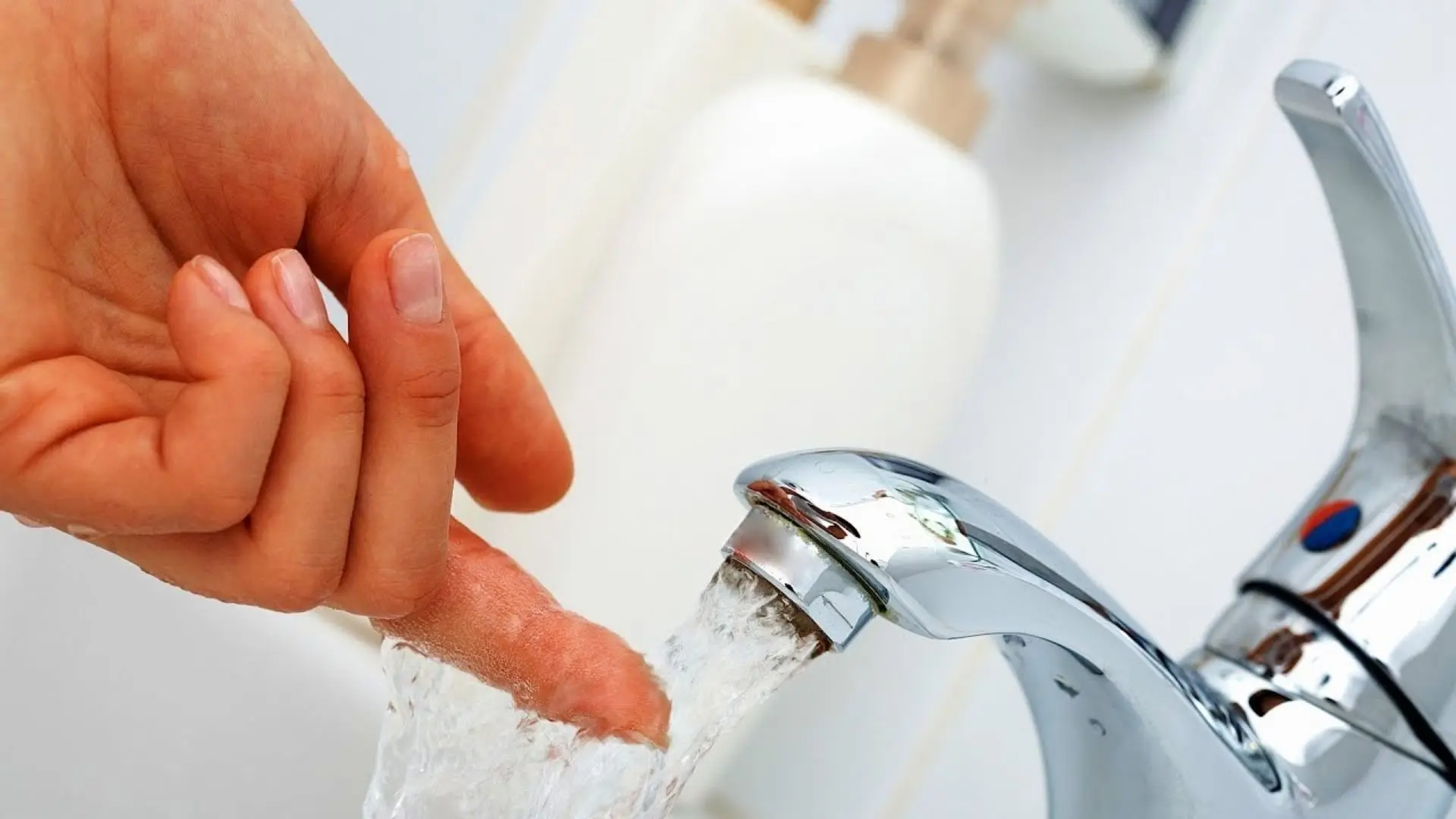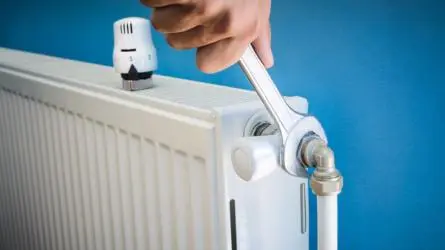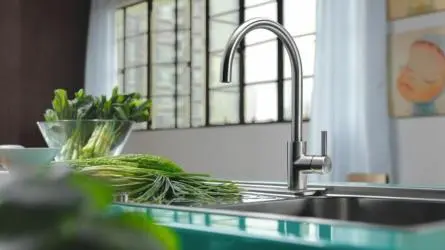Imagine getting a steamy hot shower after a long and tiring day. Is there any better way to rejuvenate your mind and body?
Well, certainly not! After work, a hot shower offers numerous benefits, from muscle relaxation to easing stress. However, a faulty thermostatic mixing valve can ruin your experience and leave you with serious injuries.
As you can imagine, a malfunctioning thermostatic mixing valve fails to blend and regulate hot and cold water, which results in a sudden increase or decrease in water temperature. Many Australians face severe scalding and shock injuries every year in their bathrooms.
So, if you don’t want to face such issues while taking a much-deserved hot shower, we highly suggest testing your thermostatic mixing valve regularly. This article will tell you everything you need about thermostatic mixing valve testing.
Now, without further ado, let’s begin!
What Is A Thermostatic Mixing Valve?
Commonly referred to as TMVs, thermostatic mixing valves are specialised plumbing devices designed to mix cold and hot water, ensuring the temperature at hot water outlets remains safe. You’ll find them in homes, hospitals, and schools, helping to prevent scalding accidents in basins, baths, and showers.
These specially designed plumbing valves allow cold and water and carefully blend them using an internal thermal component. This ensures they can deliver a mixed water stream at a pre-set temperature, usually between 39 and 43 degrees Celsius.

The Dangers Of A Drastic Change In Water Temperature
Sudden shifts in shower water temperature can be quite harmful, potentially necessitating a hospital visit. If your thermostatic mixing valve isn’t functioning properly, it won’t regulate water temperature as it should, leading to such issues.
As a result, it can become too cold or hot while you are showering. And truth be told, it is not a desirable state of affairs.
When The Water Is Too Cold
When cold water suddenly pours down on you while showering, it could cause a thermal shock, causing you to jump back to escape the extreme water temperature instantly. It might also cause you to slip and fall over, resulting in bodily injuries.
When The Water Is Too Hot
Boiling water pouring down your body can cause burns and damage to your skin. Young children and older people are more prone to third-degree burns.
Thermostatic Mixing Valve: Installation and Testing
To avoid adverse water temperature effects, installing a TMV is essential. Thankfully, both commercial and residential properties across Australia are adopting these devices to enhance user safety.
Remember that installing a thermostatic mixing valve is just the first step. P periodic checks of the valve’s operation are necessary to ensure it functions appropriately.
What Should Be The Frequency Of The Testing?
There’s no clear answer, as different plumbing contractors offer different testing periods. However, as a rule of thumb, these periodic checks should be done at least once a year.
If you install it for the first time, the plumbing specialists should conduct an excellent service test after 7-8 weeks. Depending on the results obtained from the check, more tests are run. Below, we have listed some possible outcomes and the appropriate action plan.
As soon as noticeable variations in the water temperature are detected, it would be best to make the necessary temperature adjustments as quickly as possible. It is recommended that the next test be conducted 21 weeks after the previous test date. Moreover, if you notice a minor variation in the water’s temperature, you need to make the necessary adjustments again if the temperature has changed a little. Following this, the test should be conducted after 28 weeks, after which it should be repeated.
Suppose the mixed water temperature is not significantly affected by any changes in the temperature of the mixed water. In that case, there is no need to adjust the thermostatic mixing valve’s water temperature. It is also possible to conduct the next test after 28 weeks from the first one.
Consequently, it is crucial to remember that fluctuations in the water temperatures detected during the checks could also result from unstabilised water supply conditions. Undoubtedly, getting an audit of the water supplies is imperative to achieve this goal.
What Is The Testing Procedure Of Thermostatic Mixing Valve
The testing procedure depends more often than not on the kind of thermostatic mixing valve installed. However, some basic steps need to be followed regardless. First, you need to check the temperature of the blended water.
Then, detach the cold water supply from the thermostatic mixing valve. Wait five seconds and check if the water temperature is under 39 degrees Celsius. If you don’t notice any considerable changes, the thermostatic mixing valve is working correctly.
However, if you notice any change exceeding 2 degrees Celsius, the valve isn’t working and needs to be tested by professionals as soon as possible.
Signs Of A Faulty Thermostatic Mixing Valve
If you suspect your thermostatic mixing valve is acting up, watch for these signs in addition to extreme water temperatures:

1. Leaks Or Drips
One of the most common signs of a faulty thermostatic mixing valve is leaks or drips from the valve itself. If you notice water pooling on the floor, it might indicate a corrosion or sealing problem. Be sure to call a professional and qualified plumber and get it fixed immediately; otherwise, it may cause water damage.
2. Inconsistent Water Flow
Another significant sign of a malfunctioning thermostatic mixing valve is inconsistent water flow. For instance, if you notice water pouring slowly most of the time, it could be because your TMV has issues. Maybe it has not been installed correctly or started to rust, hindering the water flow.
Frequently Asked Questions (FAQs)
In this section, we have tried answering several frequently asked questions about thermostatic mixing valves. Hopefully, all your doubts will be cleared once you go through this.
1. How to adjust the temperature supply of a thermostatic mixing valve?
If you need to adjust the temperature on a thermostatic mixing valve, start by removing the cap on top. Use a snug-fitting spanner: turn clockwise to lower the temperature, or anti-clockwise to raise it.
2. Is a tempering valve the same as a thermostatic mixing valve?
No, both are entirely different items. Tempering valves are temperature-activated and adjustable, which means they alter hot water flow to ensure that the water is not too hot when it reaches the tap. They mix cold and hot water systems to deliver water to your tap at the right temperature.
On the other hand, thermostatic mixing valves work by blending cold and hot water to attain a particular temperature, and then the water is supplied through various outlets. With TMVs, the temperature is generally pre-set by a plumbing specialist. The inside component senses the thermal activity and accordingly arranges cold and hot water levels.
3. What are the significant differences between a tempering valve and a thermostatic mixing valve?
Here are some key differences between tempering valves and thermostatic mixing valves:
- TMVs respond to pressure changes more efficiently than tempering valves.
- They do require more frequent servicing.
- TMVs tend to have a longer lifespan.
- They are generally more costly.
The Importance Of TMV Testing
With that, we have finally reached the end of this article. We hope by now you know pretty much everything about the importance and testing procedure of thermostatic mixing valves.
Before we sign off, here’s our last word of advice: We highly recommend hiring a reputable plumbing specialist to deal with issues with your plumbing system. This is because they are well-versed with all the necessary know-how and equipped with the tools and resources to conduct the tests effectively. If you are in Perth, contact our reliable plumbers.
On that note, it’s a wrap. Until next time, take care!




